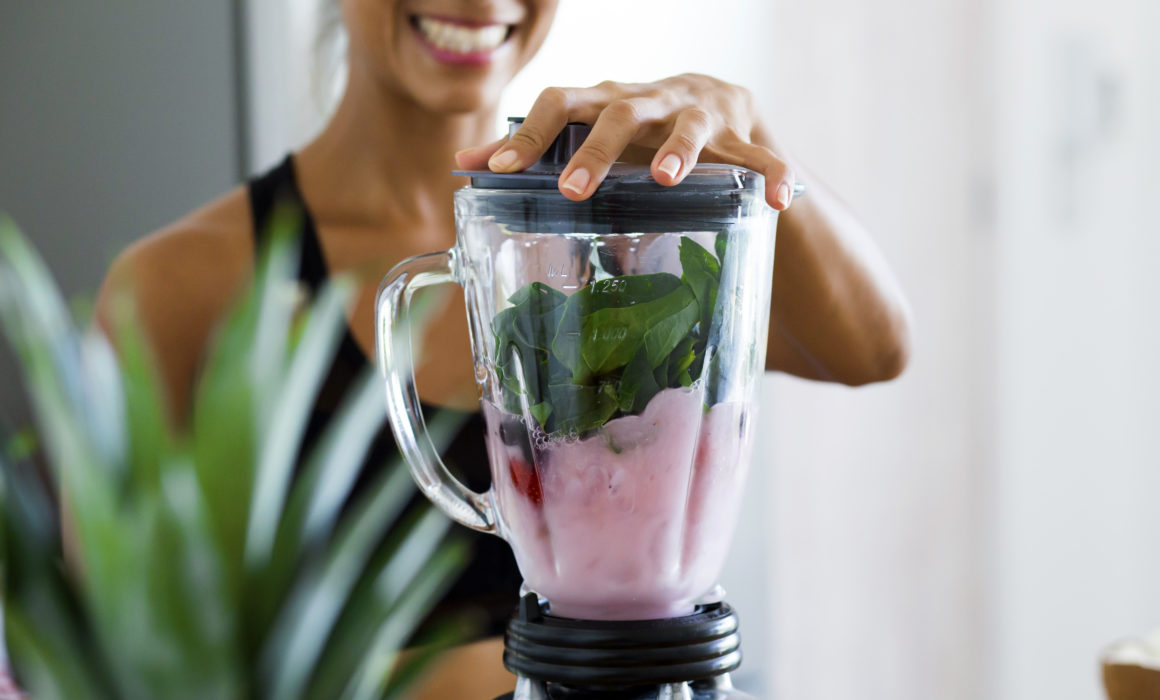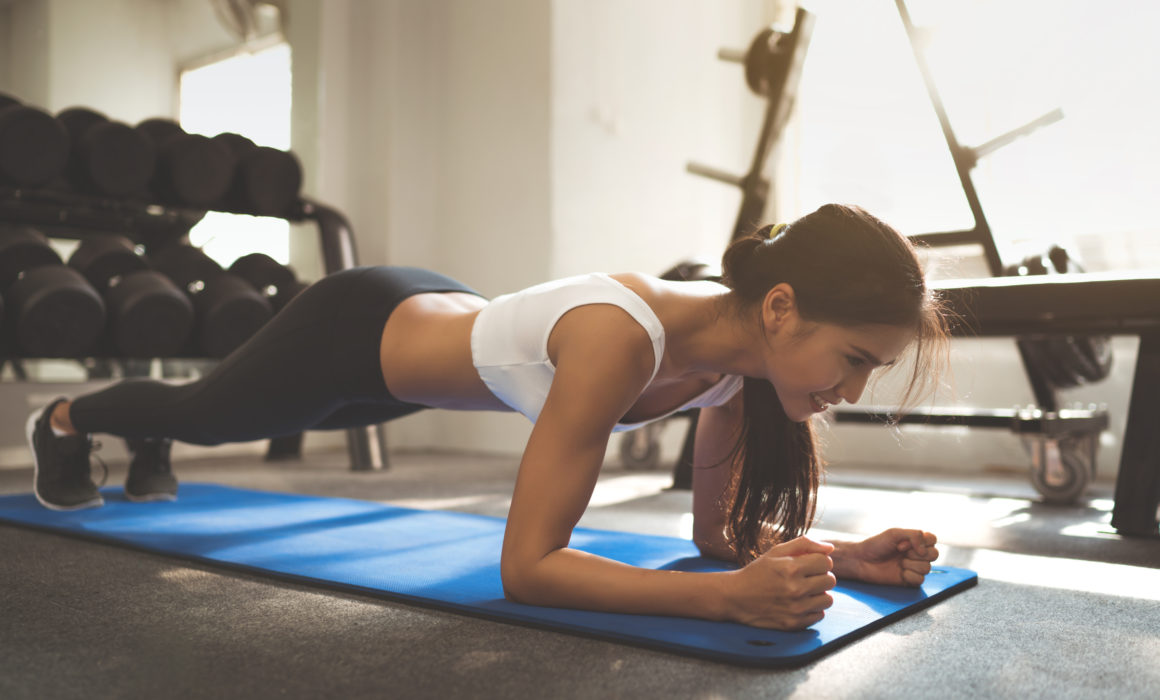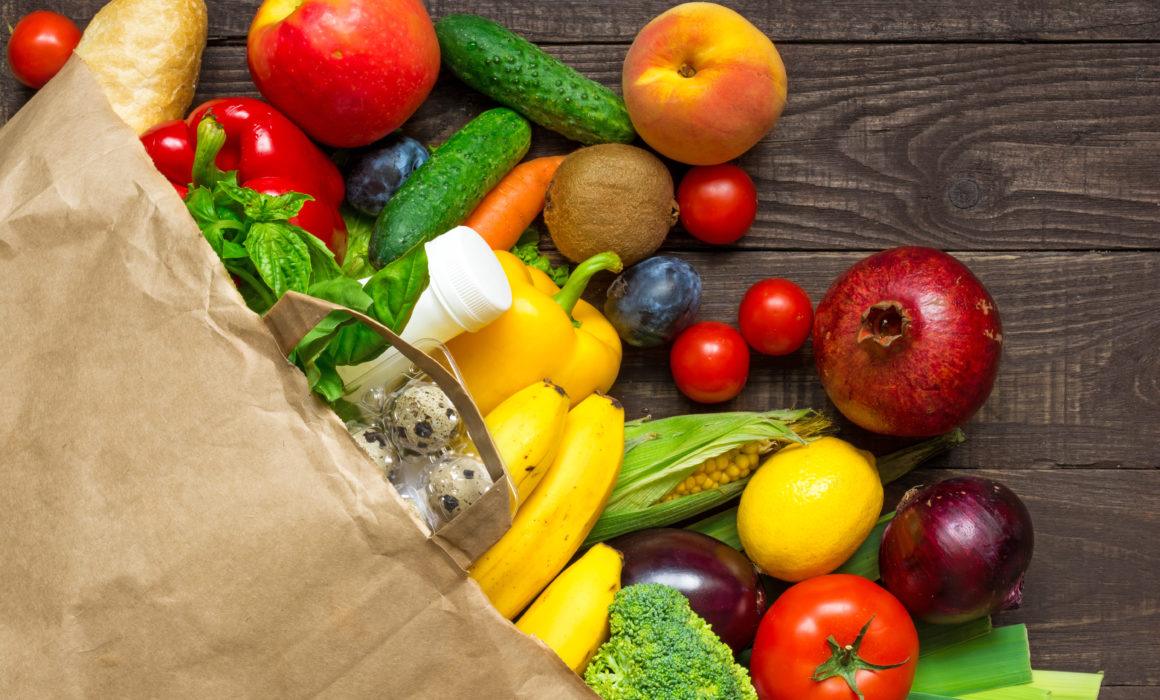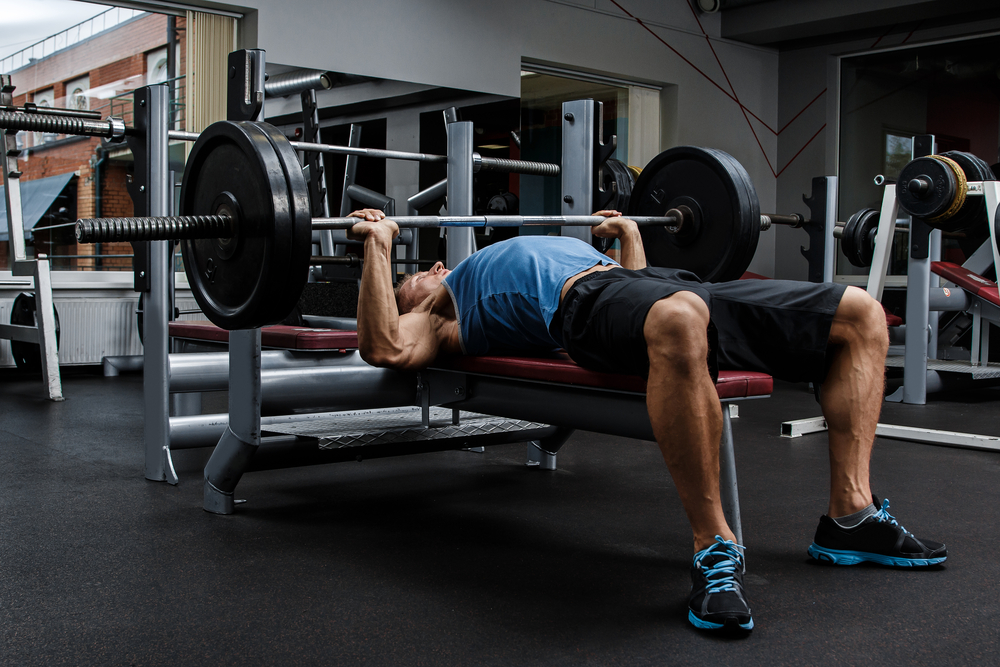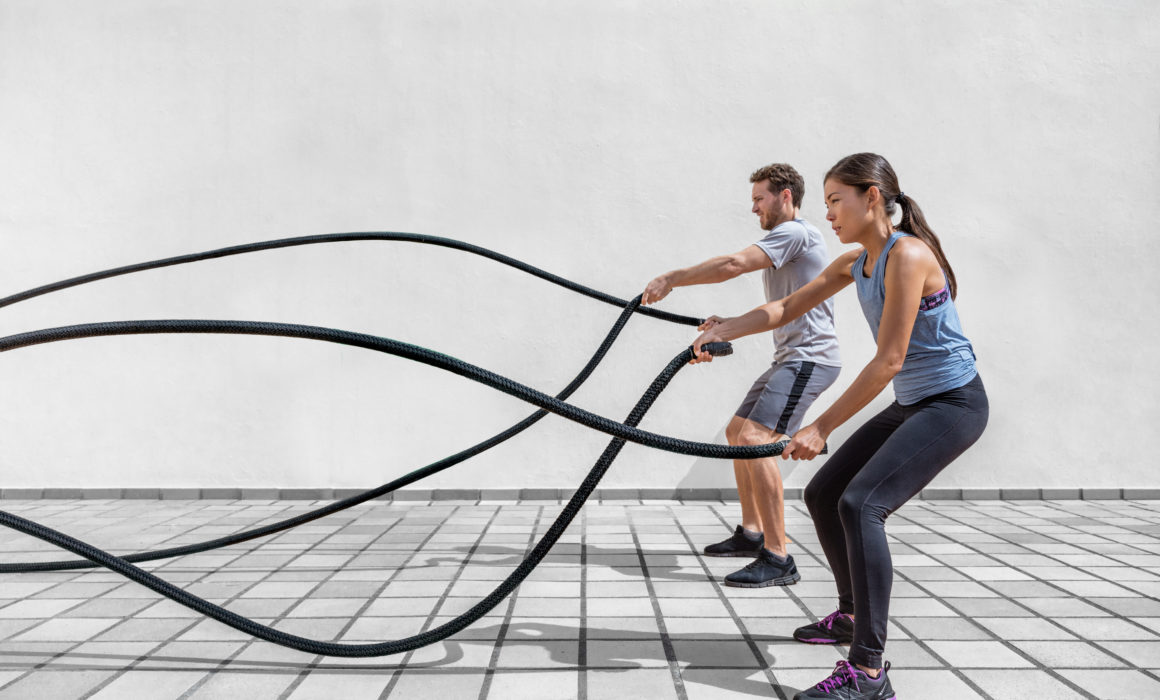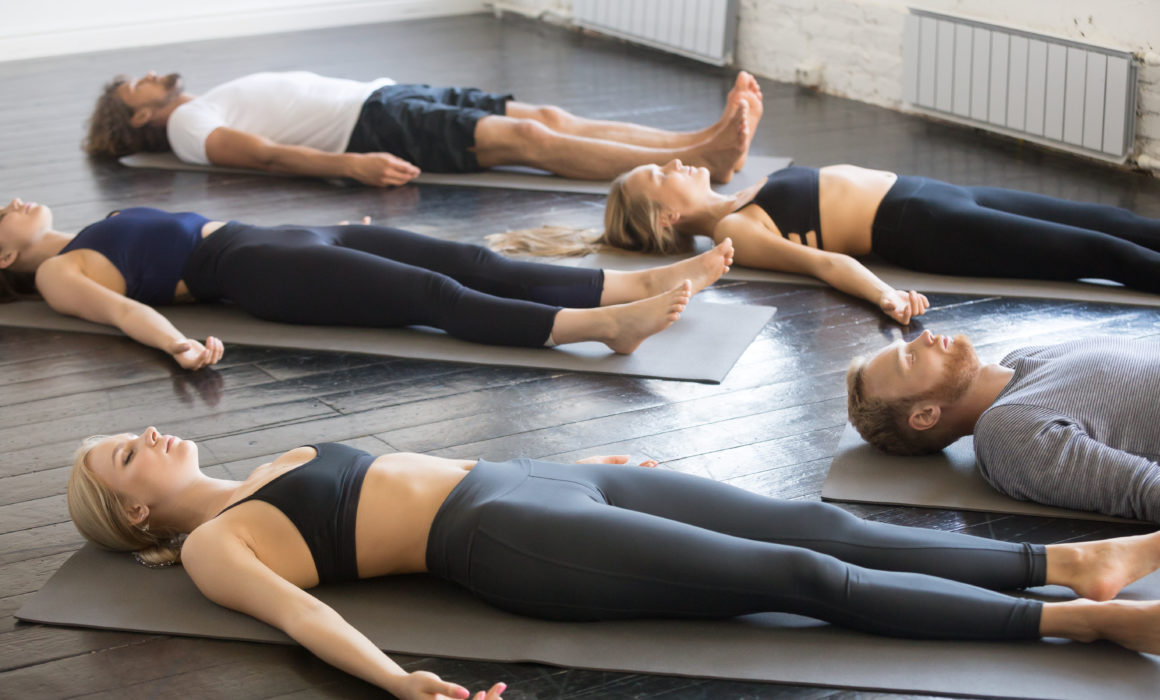What You Need to Know to Succeed on a Healthy Diet
What You Need to Know to Succeed on a Healthy Diet
Have you been working hard at the gym but you just aren’t getting the results you expected? Well, I’m gonna give it to you straight here – it’s your diet. Your diet, or should I say meal plan (aka: what you eat everyday), plays a vital role into your overall physique.
You Can’t Outwork a Poor Diet
Back in college when I gained the Freshman 15 (mine was the Sophomore 20), I decided to hop on the cardio machines at the gym for an hour a day. I changed nothing with my diet (I was still eating like an emotional teenage girl), and guess what, nothing changed!
With weight loss specifically, it always comes back to the golden rule:
Food In < Energy Out = Weight Loss
So, let’s just break this down a bit further. When I do a weight training session, I burn approximately 400 calories. That’s roughly 5 slices of bread. That’s about a cup and a half of diced chicken. A Big Mac has 563 calories.
In today’s world, a workout won’t even burn an American Fast-Food Meal (which is quite gross if you think about it). Yes, your body burns calories at rest during the day while doing your normal activities. We will get into that a little later as to how much you should be eating. But, first, let’s talk about the when.
When Should You Be Eating?
You should be eating every 3 hours roughly. This allows your body to stay in an anabolic state. What does anabolic mean? It means staying in a fat-burning state. For me, this accumulates to 6-7 small meals a day. Why should I be eating that much? The most common mistake I see among clients is eating too little. When I tell clients to eat more, they are confused as to why they should eat more to lose weight.
First, your body runs off of fuel (food) and it takes your body roughly 3 hours to process the food you eat. After your body has processed that food, it begins to go into starvation mode (even if you don’t feel hungry). This is called “Catabolic.” Instead of your body feeding off of fat – it is actually feeding off of your muscle. Of course your body likes to eat the good stuff first, right? And why does this matter? Because having more muscle allows you to burn more fat at rest. Therefore, eating meals more frequently actually allows you to burn more calories at rest because it’s maintaining the muscle on your body!
Second, eating smaller meals throughout the day will help you to not overeat. I notice that after work I’m STARVING because I wasn’t paying attention to how hungry I actually was and then I overeat when I get home. You may experience the same thing. Try to stay on track with your meals throughout the day.
Third, you will feel more awake and more alert throughout the day. Like I said earlier, your body runs off of food and your body needs that food roughly every 3 hours. You won’t experience the afternoon crash if you eat like this – it’s amazing!
Fourth, your metabolism will increase! This is the best result by far. You will be going into your next meal really hungry, and that means that your body has used up all the fuel you gave it earlier and it’s ready for more!
But, Aly, how do I start eating 6 meals a day if I’m not even hungry? I suggest that you start by forcing it at first. Start with breakfast. If you are not a breakfast person, you need to force yourself to be one. You should be eating as soon as you wake up in the morning. Why? Because food is the only thing that will jumpstart your metabolism. You may not wake up hungry in the morning, but if you start having breakfast, I guarantee that in a few weeks your body will adjust and you will wake up very ready for food!
What You Should Be Eating?
What you should be eating is a little controversial. You have probably seen the trendy Keto Diet, Paleo, Flexible Dieting, and many more. Here’s the best way to go about your diet: keep it simple. If it’s not something you can do for the rest of your life, then it’s probably not something you should do at all. A “normal” American diet usually consists of things like pasta and pizza for dinner. This is not “normal.” Try to stick to whole foods that don’t come in a box or the freezer section.
A good rule to follow: Stick to the outside aisles when shopping at the grocery store.
Foods have Macro nutrients and Micro nutrients. Macro’s include: Protein, Carbs and Fat. When looking at the Macro Nutrients, here are some good examples to choose from that fit into each category:
Protein: Chicken breast, Lean/Extra Lean Ground Turkey, Lean Steak, Plain Greek Yogurt, Eggs, Fish, Shrimp
Fat: Avocado, Almonds, Fish, Virgin Olive Oil, Coconut Oil
Carbs: Brown Rice, Rice Cakes, Sweet Potatoes, Red Potatoes, Ezekiel Bread, Fruits (bananas or blueberries are best)
Why are the foods you eat important? Micro nutrients are the reason why your food choices matter. Micro nutrients are the vitamins and minerals in food. For example, let’s take an orange and a jelly bean and compare macro and micro nutrients:
Orange Nutrition: .9g Protein .1g Fat 11g Carbs
Vitamins: Vitamin C 85% + Other Vitamins
Jelly Bean Nutrition: 0g Protein 0g Fat 10g Carbs
Vitamins: NONE
As you can see, the right choice is an orange because of all the added vitamins!
Again, this should be an overall lifestyle. During life we get cravings. Allow yourself to eat what you want occasionally, just don’t go overboard.
How Much Should You Be Eating?
Portion sizes have gotten out of control in today’s world. So many people overeat, especially at dinner time. I portion my food based on the macro-nutrition (protein, carbs + fat). The reason I do this is because it makes things much easier, and I’m all about ease when it comes to my meal plan. But, how do you calculate what macros you should be eating in order to achieve weight loss? There are quite a few things that go into calculating this number such as resting metabolic rate and activity level. If you are looking for this number, don’t hesitate to reach out and ask us for it!
In summary:
- You can’t outwork a poor diet
- Eat small meals throughout the day to stay in an anabolic state
- Keep your food choices simple
- Stick to the outside aisles at the grocery store
- Figure out your personal Macro-Nutrition goals for what you are looking to achieve
If you are looking to figure out your Macro-Nutrition goals, please reach out to Aly McPherson at PrettyGrittyGirl@gmail.com

